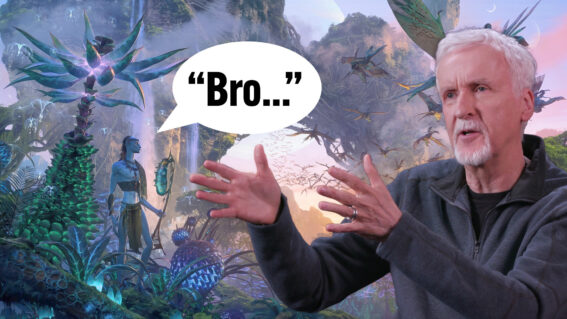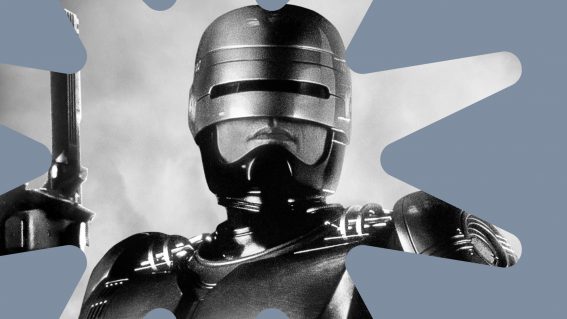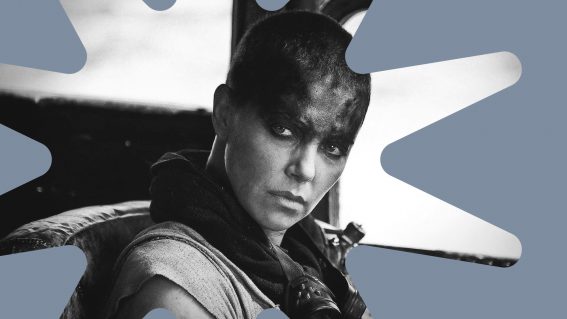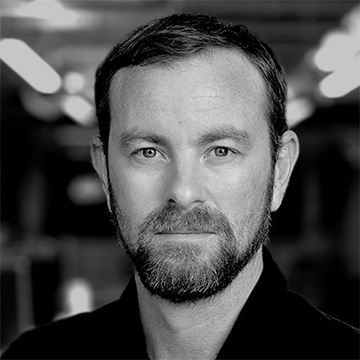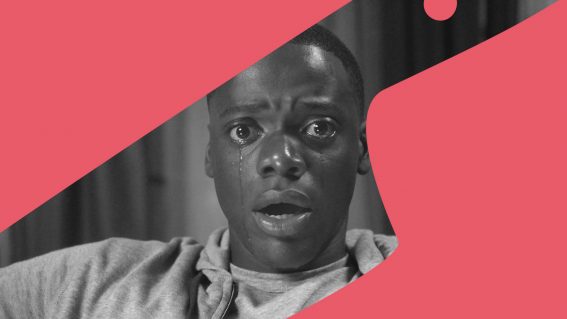From dread to déjà vu: how Final Reckoning dropped the ball on AI
Dead Reckoning warned of AI warping truth; its sequel just goes into cruise control.
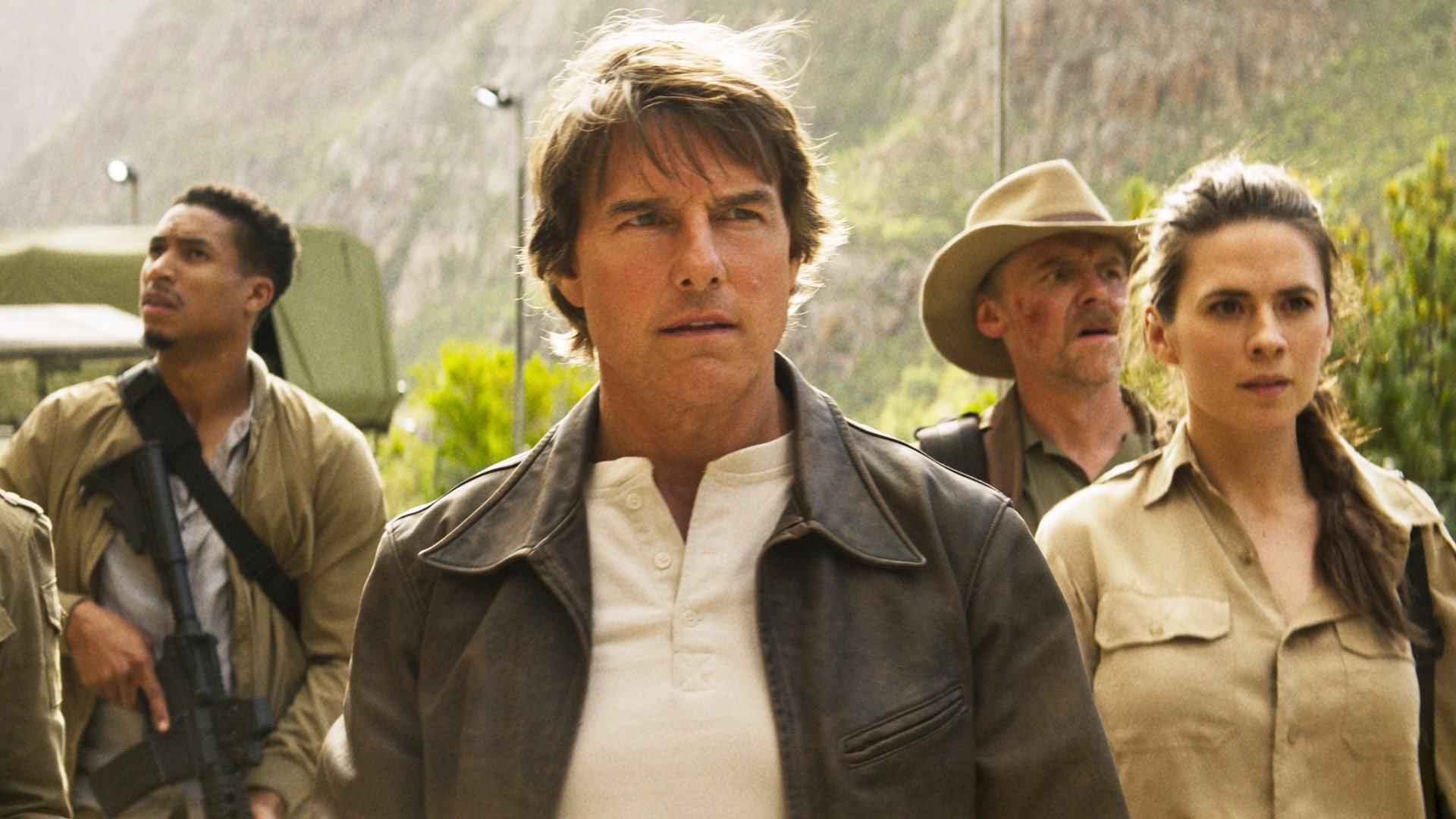
Luke Buckmaster laments how Mission: Impossible – The Final Reckoning traded Dead Reckoning’s AI anxiety for high-flying stunts and low-flying ideas.
Mission: Impossible - The Final Reckoning
Christopher McQuarrie’s mission was to direct a movie with Tom Cruise saving the world, and AI as the villain. He accepted and delivered it into parts. Mission: Impossible – Dead Reckoning introduced the all-knowing, all-seeing, all-pervasive, and just plain meddlesome enemy “Entity,” which infiltrated the world’s most powerful infrastructures and messed with everybody’s minds.
The Final Reckoning concludes the story but, to my despair, downplays or ditches the meatiest ideas from its predecessor, around how artificial intelligence might achieve pernicious world-upending goals. For instance by gaslighting humans and changing the nature of reality.
Dead Reckoning‘s messaging may be daffy confection, cooked up for the bleacher’s seats, but some of its ideas are pretty damn relevant and pretty damn interesting. The film didn’t merely couch up a ruthlessly ambitious villain who can happily engage in fisticuffs while atop a moving train (though we did get that, in Esai Morales’ character Gabriel Martinelli, who does the AI’s bidding and is a long-time adversary of Cruise’s Ethan Hunt). It also made a compelling argument that, if AI could control all the world’s digital information, the very notion of truth is up for grabs.
In the words of Eugene Kittridge, Hunt’s sort-of boss, sort-of nemesis, and sort-of ally: “Whoever controls the Entity controls the truth. The concepts of right and wrong can be clearly defined for everyone for centuries to come.” That line is more than dramatic-sounding hokum. For one thing, it taps into a shared anxiety around AI, including a feeling that we’re potentially at or approaching major inflection points past which things may never be the same. For another, it exploits very real, very legitimate concerns about the technology that can already be applied.
Here’s a chilling example. On the same day I saw The Final Reckoning, the Guardian reported that Elon Musk’s AI chatbot Grok had been “repeatedly mentioning ‘white genocide’ in South Africa in its responses to unrelated topics and telling users it was ‘instructed by my creators’ to accept the genocide ‘as real and racially motivated’.” Man. That’s one hell of a lede. “White genocide,” as the article pointed out, is a far-right conspiracy theory pedalled by the likes of Musk, Tucker Carlson and that orange-coloured cretin monstering the White House.
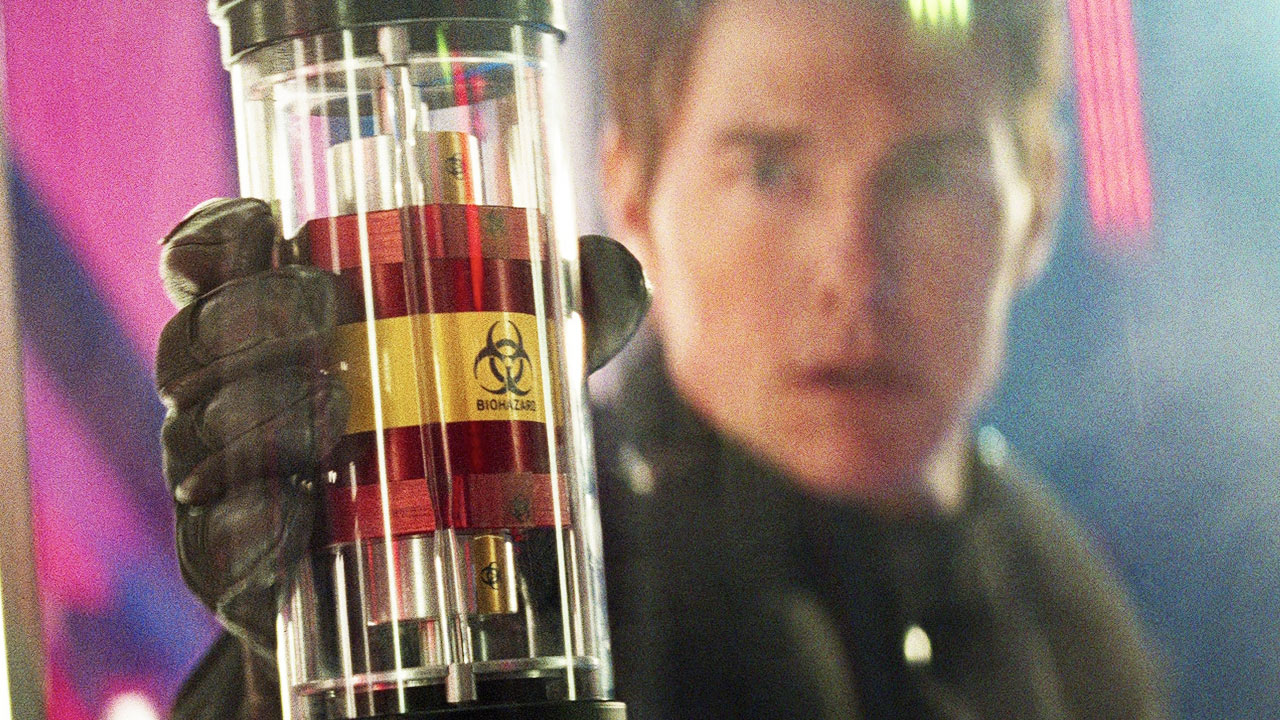
Musk’s AI is spitting out lies because it was told to. Begging the question: in a world where AI is increasingly prevalent and ubiquitous, what’s better: one categorically false version of the truth, or many versions of varying accuracy? The answer is surely the latter, which is more or less the world we live in. But in a tech landscape dominated by very few players, it’s not inconceivable—in fact we can expect this—that truth, or “truth,” will be concentrated, and viewed through a narrow prism, reflecting the ideologies and worldviews of those in power.
And that’s without factoring the idea, which is not so far-out, that one system or “Entity” might end up dominating everything. Dead Reckoning’s alarm-rinning, while hammy, chest-beating, and rah-rah-rah, stem from entirely valid concerns. The Final Reckoning reiterates the stakes in capital letters and highlighter pen, rolling out lines like “the blood of the world will be on your hands” and “the fate of every living thing will be determined.”
It’s sad, then, that so much of this film is analogue Tom Cruise partaking in analogue adventures. They’re very much on brand, and very Mission: Impossible-y, i.e. infiltrating a submarine and punching on with a villain while hanging off a biplane. These moments are competently staged. But—notwithstanding a degree of flair here and there, for instance, in the sheer length of that extended underwater sequence—very “been there, done that.”
None of these scenes come close to matching my three favourite moments from Dead Reckoning. First, its submarine-set opener, taking place inside a Russian vessel, with, as per usual in submarine scenes, lots of flashing lights and sweaty men. The crew are tricked by the AI into destroying themselves, realising too late that they’ve been “chasing a phantom.” A torpedo supposedly heading for them never actually existed; they thought it did, because they saw it on their radar, on their screens, which were distorted by the Entity.
There are profound ideas at play here, about reality, technology and perception being together like a triple helix. What happens when we can’t trust our own eyes and ears? This question was expanded in my second favourite moment, within a Dhabi airport-set scene in which the Entity made people seemingly appear and disappear, manipulating CCTV in real-time. And thirdly, Hunt got on the bad end of an extra layer of sensory trickery when, running around alleyways in Venice, he received important instructions from his team member Benji (Simon Pegg), which turned out to be Entity imitating his voice.
These moments hit a sweet spot: popcorn action, with big ideas to think about. The Final Reckoning is just popcorn action.













